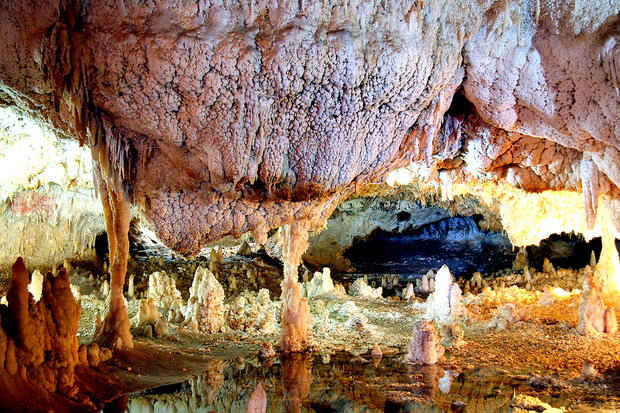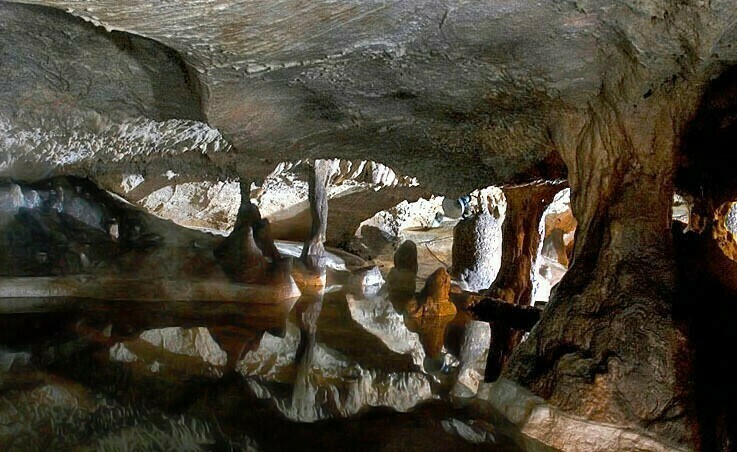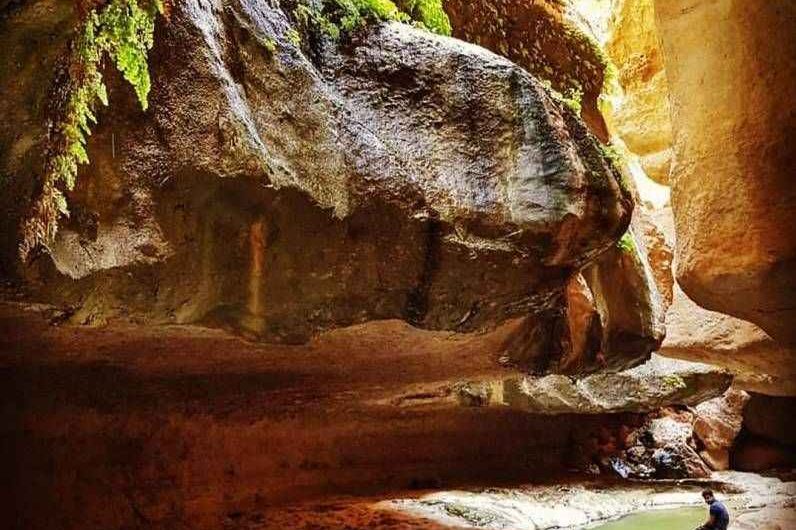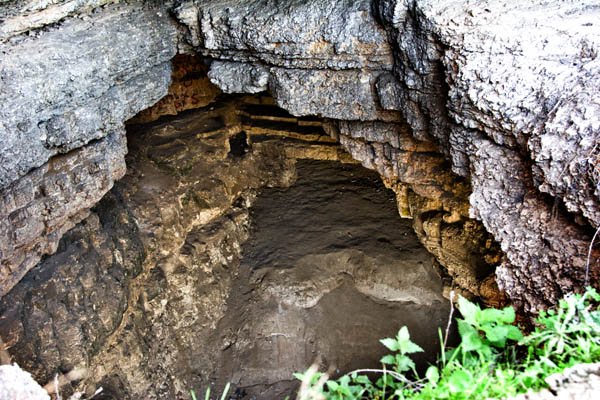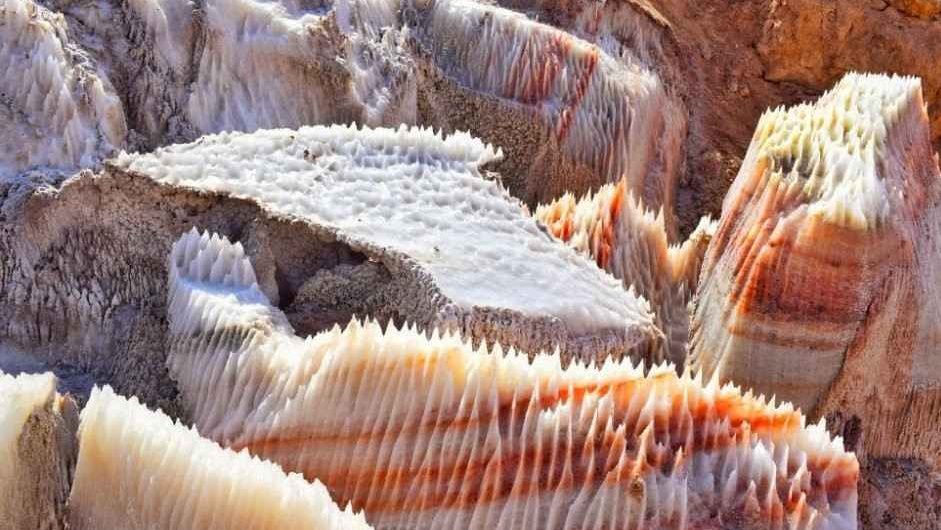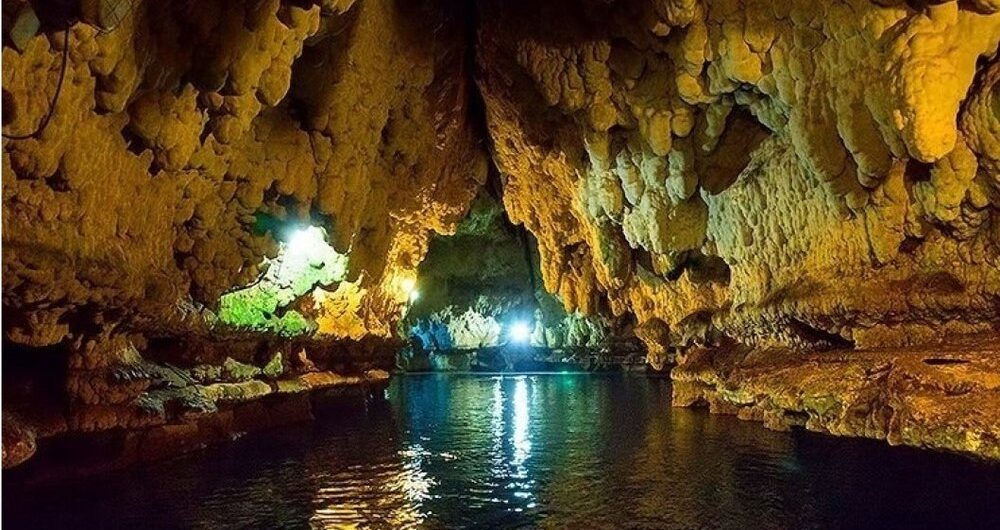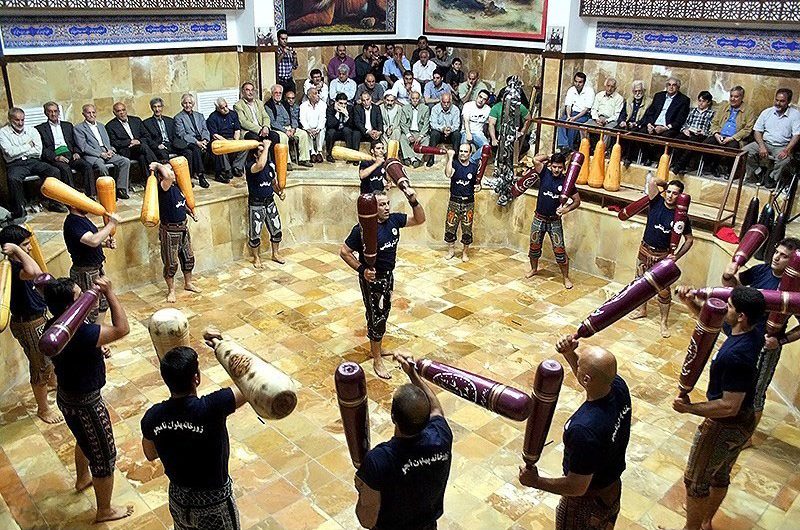Katale Khor Cave
Katale Khor Cave is a combination of wet and dry caves located in Khodabandeh, in the province of Zanjan. The Katale Khor cave is one of the most fascinating limestone caves in the world, considered one of the only caves among all due to its age, size and number of floors.
Katal means “low mountain” and Khor is short for khorshid (sun). As the sun rises from behind the mountain, it is known as Katale Khor.
The cave is made up of beautiful stalactites and stalagmites and huge rooms and corridors. It consists of three parts, of which only one can be visited by the public. The length of this section is about 2 km and covers only a third of the total area of the cave. Another part is the natural room that is used to celebrate various ceremonies and festivals. The third is the one used by athletes, cavers and mountaineers. It is about 4 km long and has yet to be fully explored. The presence of very clear water springs around this cave is its peculiarity. Another wonder and beauty of this cave is the multiplicity of floors. These types of caves are very rare in the world.
Studies by archaeologists and geologists show that the Katale Khor cave is one of the longest in Iran joining that of Alisadr. In addition, one of its unique characteristics is the existence of large limestone columns, which are the result of the union of stalactites and stalagmites acting as columns for the structure of the cave.
If you are passionate about caves, mountains, hiking, mountaineering, historical landscapes and fascinating culture of the Middle East, SITO Travel will help you organize your trip to Iran. Get in touch with us because our experience is born and developed in this field.


